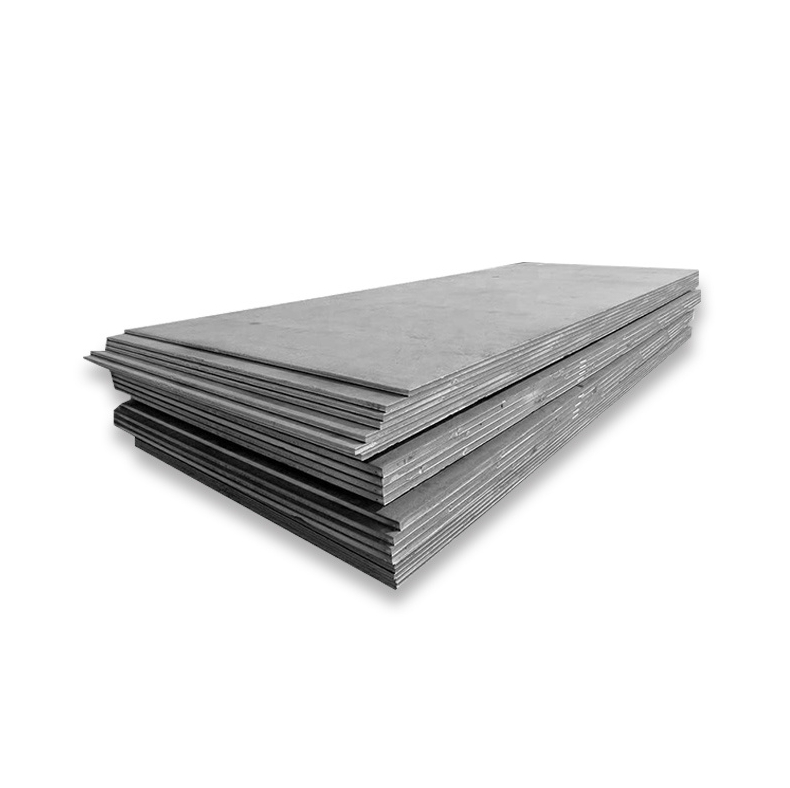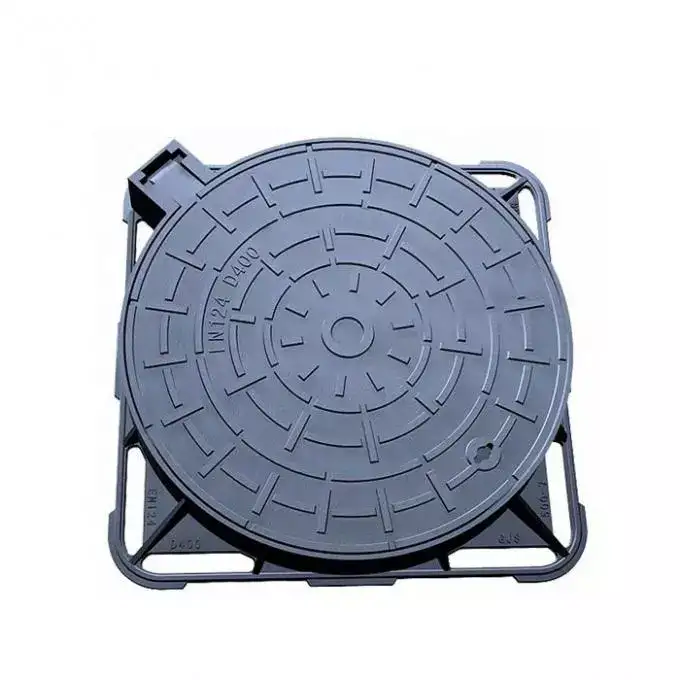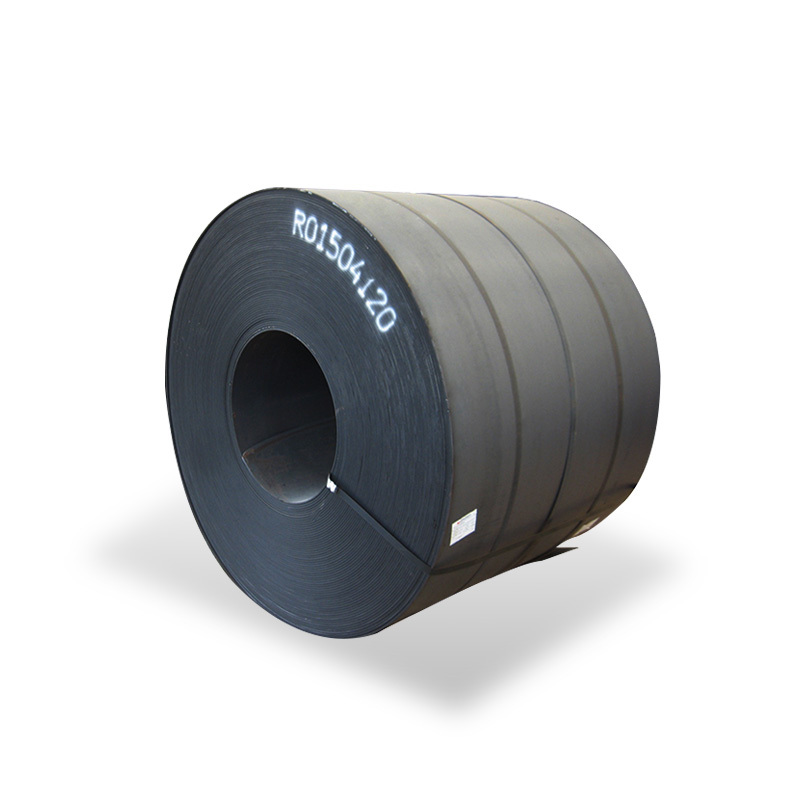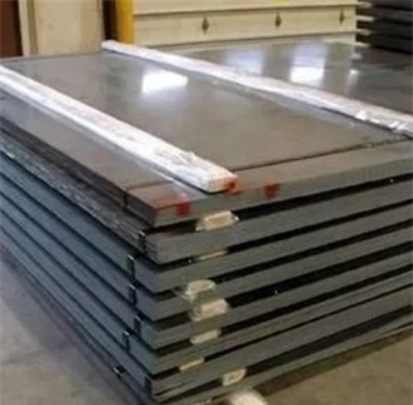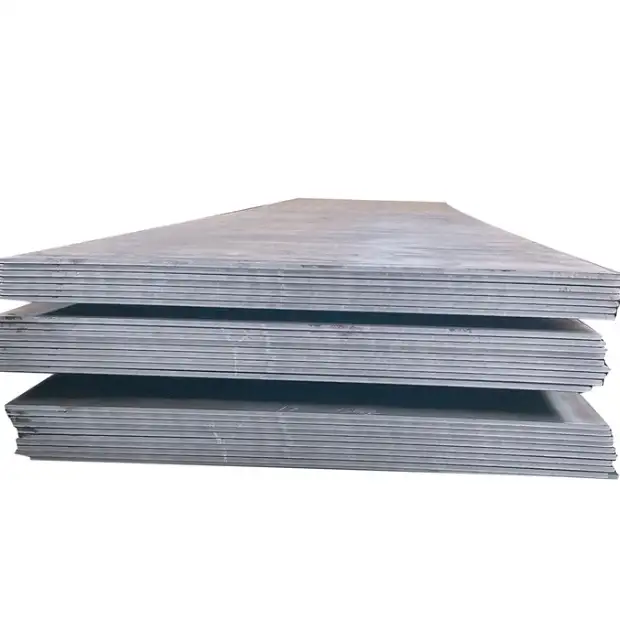What Is EN45 High Carbon Steel? EN45 (also known as 55SiMn7 or BS970 250A58) is a silicon-manganese spring steel containing approximately 0.55% carbon, 0.7–1.0% manganese, and 1.5–2.0% silicon. Designed for oil hardening and tempering, it offers an excellent balance of strength, elasticity, and fatigue resistance, making it ideal for springs, blades, and other load-bearing components.
1. Chemical Composition
| Element | EN45 Range (%) |
|---|---|
| Carbon (C) | 0.55 – 0.60 |
| Manganese (Mn) | 0.70 – 1.00 |
| Silicon (Si) | 1.50 – 2.00 |
| Phosphorus (P) | ≤ 0.05 |
| Sulfur (S) | ≤ 0.05 |
Source: SpringSteelStock
2. Mechanical Properties
Typical properties after oil hardening & tempering:
| Property | Value |
|---|---|
| Tensile Strength | 850 – 1000 MPa |
| Yield Strength | 600 – 750 MPa |
| Elongation (εᵣ) | 8 – 12% |
| Hardness (Vickers) | 220 – 240 HV |
| Fatigue Strength | ~400 MPa (10⁷ cycles) |
Compiled from MetalZenith and supplier datasheets
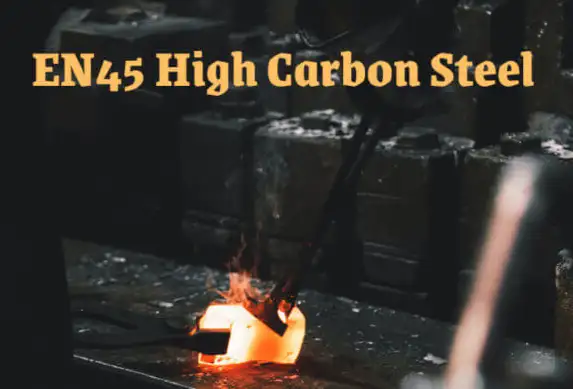
3. Key Advantages
- High Elasticity & Fatigue Resistance
EN45 springs reliably return to their original shape after repeated loading, reducing permanent set. - Excellent Strength & Toughness
The medium-carbon, silicon-manganese matrix enables both high tensile strength and impact resistance. - Cost-Effectiveness
Widely stocked and processed, EN45 offers competitive pricing compared to specialty spring steels. - Versatility
Used for leaf springs, conical and helical springs, blades, and precision tools.
4. Typical Applications
| Industry | Component Examples |
|---|---|
| Automotive | Leaf springs, clutch springs, brake components |
| Industrial Machinery | V-belts, valve springs, precision blades |
| Tooling & Hardware | Clips, fasteners, knives |
| Historical Blades | Decorative swords, knives in period replicas |
Applications overview from SpringSteelStock and West Yorkshire Steel
5. Heat Treatment & Fabrication
- Annealing
- Heat slowly to 640–680 °C, soak, then furnace-cool to enhance machinability.
- Hardening
- Preheat to 650–700 °C, then heat to 870–930 °C, soak thoroughly, and quench in oil.
- Tempering
- Reheat to 300–450 °C, hold for 1–2 hours, then air-cool to achieve desired balance of hardness and toughness.
- Welding & Machining
- Preheat and interpass temperatures are critical; select low-hydrogen rods and perform post-weld stress relief.
6. Comparison with Alternative Spring Steels
| Grade | Carbon (%) | Silicon (%) | Typical Use |
|---|---|---|---|
| EN45 | 0.55 – 0.60 | 1.5 – 2.0 | General-purpose springs & blades |
| SAE 9260 | 0.56 – 0.64 | 1.6 – 1.9 | Heavy leaf springs |
| 60Si2MnA | 0.58 – 0.65 | 1.5 – 2.0 | High-performance coil springs |
Equivalent grades from Reliant and SpringSteelStock
7. Market Pricing & Trends
- Raw Material Costs: Driven by nickel and manganese commodity prices.
- Regional Variations: Premiums in just-in-time markets like Europe/US vs. bulk producers in Asia.
- Future Outlook: Green steel initiatives and alloy recycling may reduce lifecycle costs (see Section 11).
8. Sustainability & Recycling
- High Recyclability: EN45 can be remelted and repurposed without significant alloy degradation.
- Lifecycle Assessment: Using recycled spring-steel reduces CO₂ footprint by up to 30% compared to virgin steel.
- Circular Economy: Industry case studies show closed-loop spring manufacturing reduces waste and raw-material demand.
9. Emerging Technologies
- Additive Manufacturing: Research demonstrates that laser-powder bed fusion of EN45 powders yields spring elements with comparable fatigue life to wrought material.
- Surface Engineering: Nano-ceramic coatings and laser nitriding enable EN45 to operate in corrosive or high-temperature environments beyond its conventional limits.
10. FAQs
- How does EN45 differ from 55Si7?
They are effectively equivalent; “55Si7” is the BS 970 designation, while “EN45” follows EN naming conventions. - Can EN45 be used in saltwater applications?
Not without corrosion protection—consider stainless spring steels or apply coatings. - What tempering temperature yields optimal fatigue life?
Typically 400 °C provides the best balance; higher temps improve toughness but reduce hardness.
11. Conclusion
By synthesizing the top-ranked EN45 resources and integrating under-served topics like sustainability and 3D printing, this guide offers a “complete package”: from basic definitions and treatment procedures to future-proofing strategies. Use it as your go-to reference for specifying, processing, or researching EN45 high carbon spring steel.




